As high-severity fires burn again in the Sierra Nevada, we need to support prescribed burning and fire resilience work to protect giant sequoia
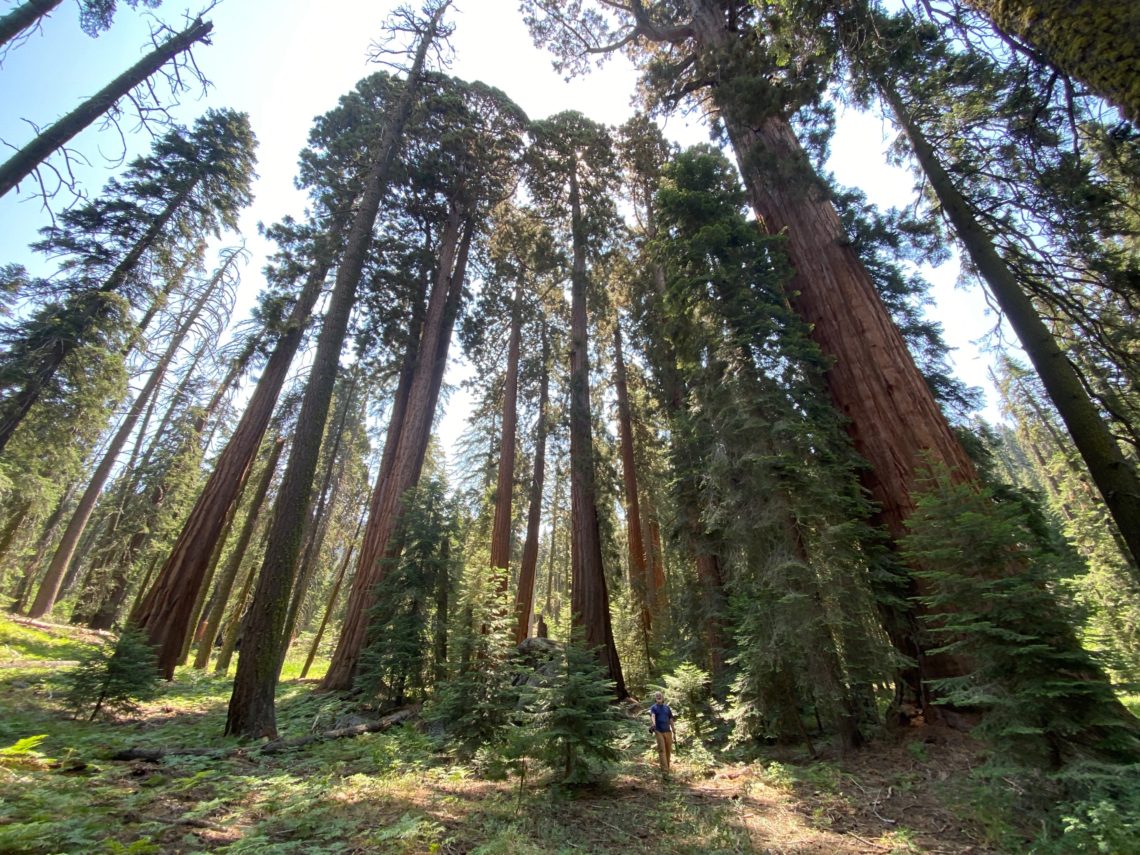
After a record-breaking fire season in California in 2020, during which more than 16,500 acres of giant sequoia burned, wildfires again currently threaten ancient sequoia forests. The League’s Red Hill property is one of at least five groves that have burned in the Windy Fire, which has reached more than 25,000 acres so far on the Tule River Reservation and in Sequoia National Forest and Giant Sequoia National Monument. We will not know fire impacts until we have the opportunity to visit the grove when it’s safe. In the meantime, the League is grateful to the fire crews and first responders working around the clock to ensure the safety and well-being of nearby communities and the forests. Our hearts go out to our neighbors who are affected, including the Tule River Tribe and residents of Camp Nelson and Ponderosa.
Seeing the general public’s concerns for the KNP Complex fire that has impacted Sequoia National Park and its iconic Giant Forest has been a reminder that giant sequoia have the power to inspire the masses. Scientists and land managers have expressed that the outlook for places like Giant Forest is optimistic—specifically due to 40+ years of stewardship and prescribed burning. Early reports suggest that prescribed fire and mechanical fuel reduction have helped restore fire conditions that giant sequoia have evolved with. According to the League’s sequoia restoration and stewardship manager Tim Borden, without that work, impacts in Giant Forest could have been catastrophic.
“Giant Forest is an exception to the condition that most sequoia groves in the range are in and is a great example of what needs to occur,” says Borden. Many of the lesser known groves have not experienced fire in decades because of historical fire suppression. This has led to high levels of combustible vegetation on the ground, fueling high-severity fires that have caused unprecedented giant sequoia mortality in recent years. Last year, an estimated 10% to 15% of all large giant sequoia died in the fires.
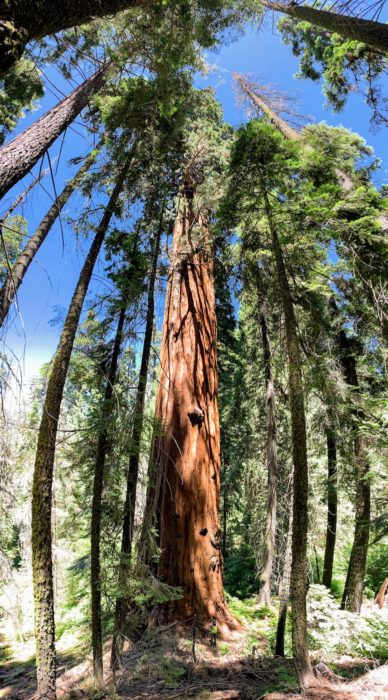
Prescribed burning in Red Hill
After acquiring and protecting Red Hill in 2018, the League has been planning a prescribed burn and other fire resilience work there, knowing that its steep terrain and fuel loads could be dangerous when fire would inevitably reach the landscape. “Complexity around managing fire in the range is increasing, namely due to removal of Indigenous stewards of the land, subsequent fire suppression, and climate change,” says the League’s giant sequoia forest fellow Linnea Hardlund. “This is compounded by resulting longer fire seasons, shorter shoulder seasons, and fewer burn windows, as well as firefighter burnout, compliance constraints, and wildlife concerns. Because fire season is longer, burn windows are shifting into key periods for wildlife, making it harder to manage fire in the summer and harder to implement prescribed fire when conditions are right.”
Having been delayed for the last year and a half due to all of the aforementioned reasons, the Red Hill burn was scheduled for this fall. Then this summer, the US Forest Service (USFS)—which manages lands surrounding Red Hill, meaning the League must follow USFS fire management policies—issued a directive to suppress all fires due to staffing shortages and extreme fire threat and drought conditions. The Windy fire has added another hurdle to the League’s burn plans.
However, Borden says, “The areas that are burning now shouldn’t be overlooked for the possibility that they can burn again in a few short years. We’ve been given this opportunity of treating these acres with fire; that is only the first step. Land managers will need to start thinking and planning for future prescribed fire and stewardship in burned groves to maintain appropriate conditions. The current barriers that exist to doing prescribed fire means that it could take many years for the planning of those events, so it needs to start soon.”
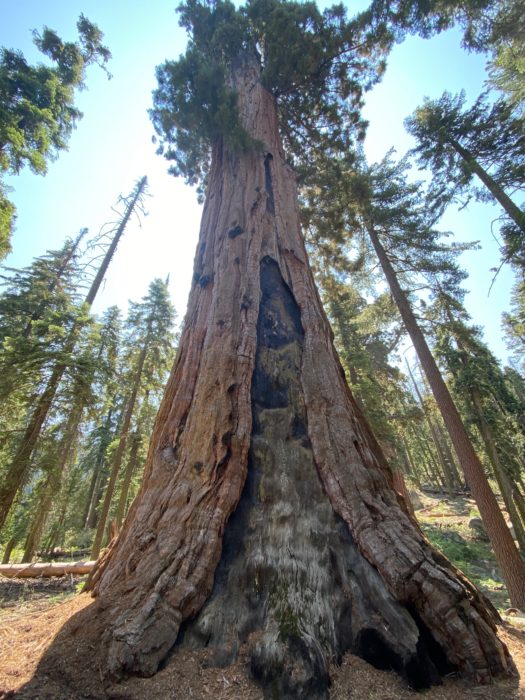
Supporting prescribed burning
“Scientists, land managers, and stewards are working year-round on restoration thinning, fuel reduction, and pile burning to clear out fuel overloads and be able to conduct prescribed fire. Indigenous practitioners are conducting cultural burning in their traditions,” says Joanna Nelson, the League’s director of science and conservation planning. “Collectively, we need to be able to do more of this work and move faster. There are policies that are opening this up in California that the League supports, such as AB642, as well as SB332, new curriculum for a California State Burn Boss certification, and the already established Prescribed Fire Claims Fund.”
League supporters can help by sending a letter to the Secretary of Agriculture Tom Vilsack, who oversees the U.S. Forest Service, requesting that he take immediate action to protect giant sequoia groves from the types of severe wildfires that threaten the future of these natural treasures.

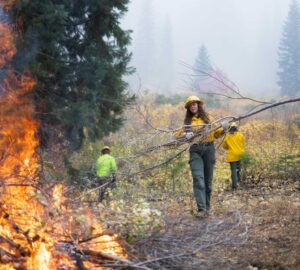
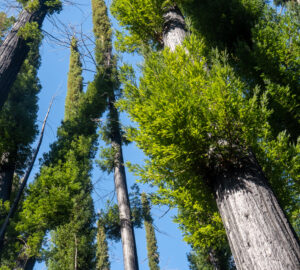
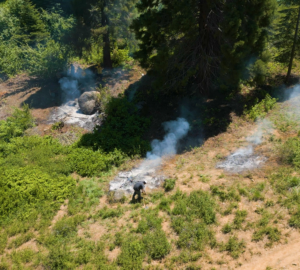
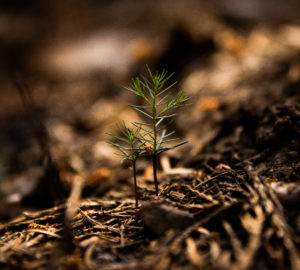
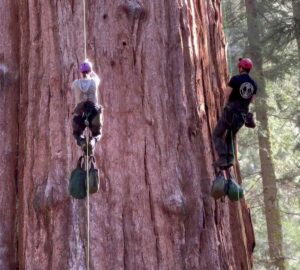

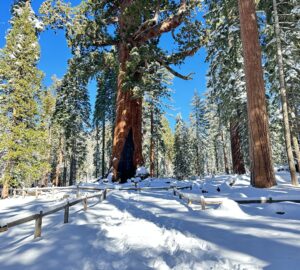
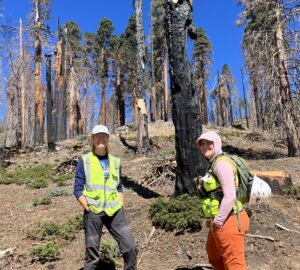
One Response to “Windy Fire reaches Red Hill”
Mike Nicholas
It now appears that ALL Giant Sequoia Groves South of the South Fork of the Tule River have been entered by the Windy Fire. The southern most Deer Creek Grove is now the last remaining and appears to be burning within it’s boundaries. All Groves on the Tule River Reservation have been equally involved in the Windy Fire. Extent of damage will vary depending on fuel loadings and fire behavior at the time of the fire spreading through each grove (9/24/2021 – 1430 hrs.).